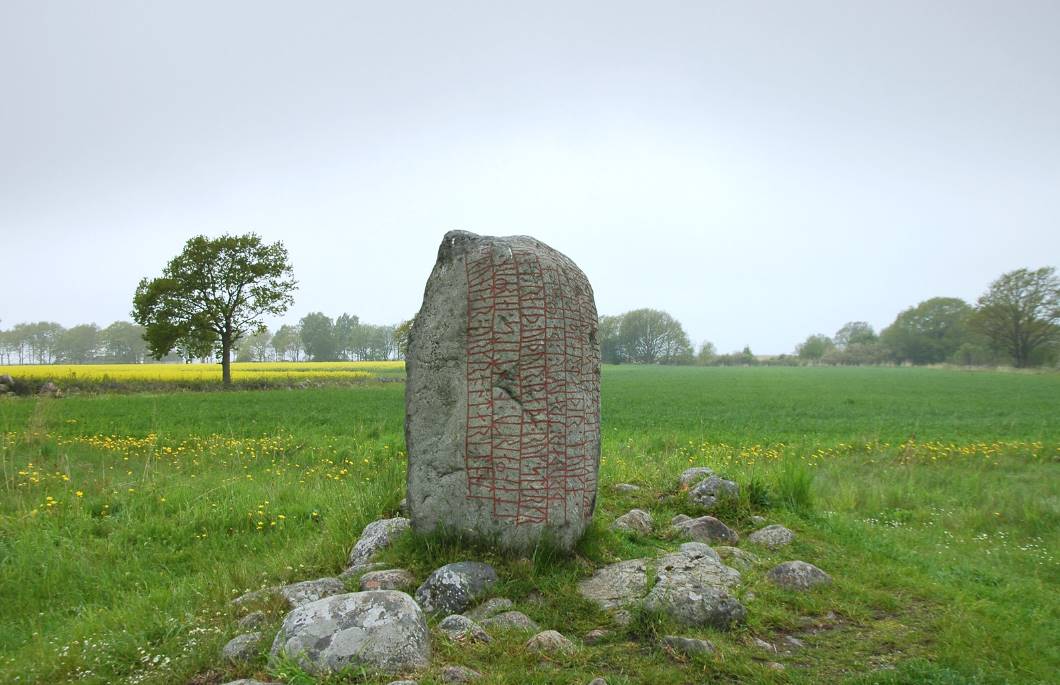Nowadays, stones, crystals, and gems are used in a wide range of spiritual practices. These stones are said to channel and balance energies, bringing tranquility to everyday life. But, where did this link between stones and spirituality begin? Let’s take a look
Stonehenge
Perhaps the most famous example of spiritual stones is the epic stone circle in Wiltshire, England – Stonehenge. In fact, mystic stones such as this have become so popular that they have inspired a wide range of media – from film to music to, perhaps surprisingly, online casino games. With many types of casino bonuses and offers available for players, users can try a variety of games inspired by spiritual stones and cultures which value them. Games include titles like Asgardian Stones (which we’ll come to later), Great Gems, Wonder Of Ages, and, of course Sacred Stones, which is inspired by the one and only Stonehenge itself.
Stonehenge also made its way into other areas of entertainment, making cameos in TV shows like Legends of Tomorrow and Doctor Who, films like King Arthur and The Mists of Avalon, and spawning numerous documentaries. But what do these TV, film, and games all have in common? That’s right – its mysticism and spirituality. This is because, despite centuries of research and theorizing, no one categorically knows why Stonehenge was built.
Looking at the evidence, Stonehenge was continuously built, rebuilt, and adapted between 3,000BC and 1,500BC, throughout both the Neolithic and Bronze Age eras. The sheer size of Stonehenge demonstrates that the site must have held significant importance to those who constructed it, which is generally considered to be a sacred, mystical, or spirtual importance.
Discoveries in the area back this up, providing historians with evidence that elaborate rituals and ceremonies could have taken place here, especially given that the orientation of the structure lines up with the rising sun at the summer solstice. Nevertheless, as to the true meaning behind Stonehenge, perhaps we will never know – but the legacy of its spiritual stones endures to this day.
Asgard
As we mentioned before, the stones of Asgard – where the Norse gods reside in ancient sagas and mythological texts – are another depiction of historical spiritual stones that have become a mainstay of popular culture.
The story has it that the Wall of Asgard was knocked down during the first war, and the gods were anxious to rebuild it. Once the nine kingdoms were created, it was proposed that a new wall would be built to protect Asgard from the giants. However, before the final stones could be placed around the gate to secure the fortifications, Loki, the trickster god, kicks off a series of events that inevitably never ends well.
Stones are further seen to have spiritual significance in the Viking age in the use of runestones. Early runestones were placed next to people’s final resting places as early as the 4th century, a tradition that has also been documented in ancient Norse sagas. Not only do they tell the story of who the person was, but they also often pray to the gods for spiritual assistance for those who remain on earth.

As you can see, stones of all shapes and sizes have had significant spiritual influence in two distinct places, the impact of which still exists to this day. So, whether you use stones for spiritual or decorative purposes, next time you pick one up, think of the vibrant historical background and uncover a whole new perspective of the simple rock.

A professional writer with over a decade of incessant writing skills. Her topics of interest and expertise range from health, nutrition and psychology.




